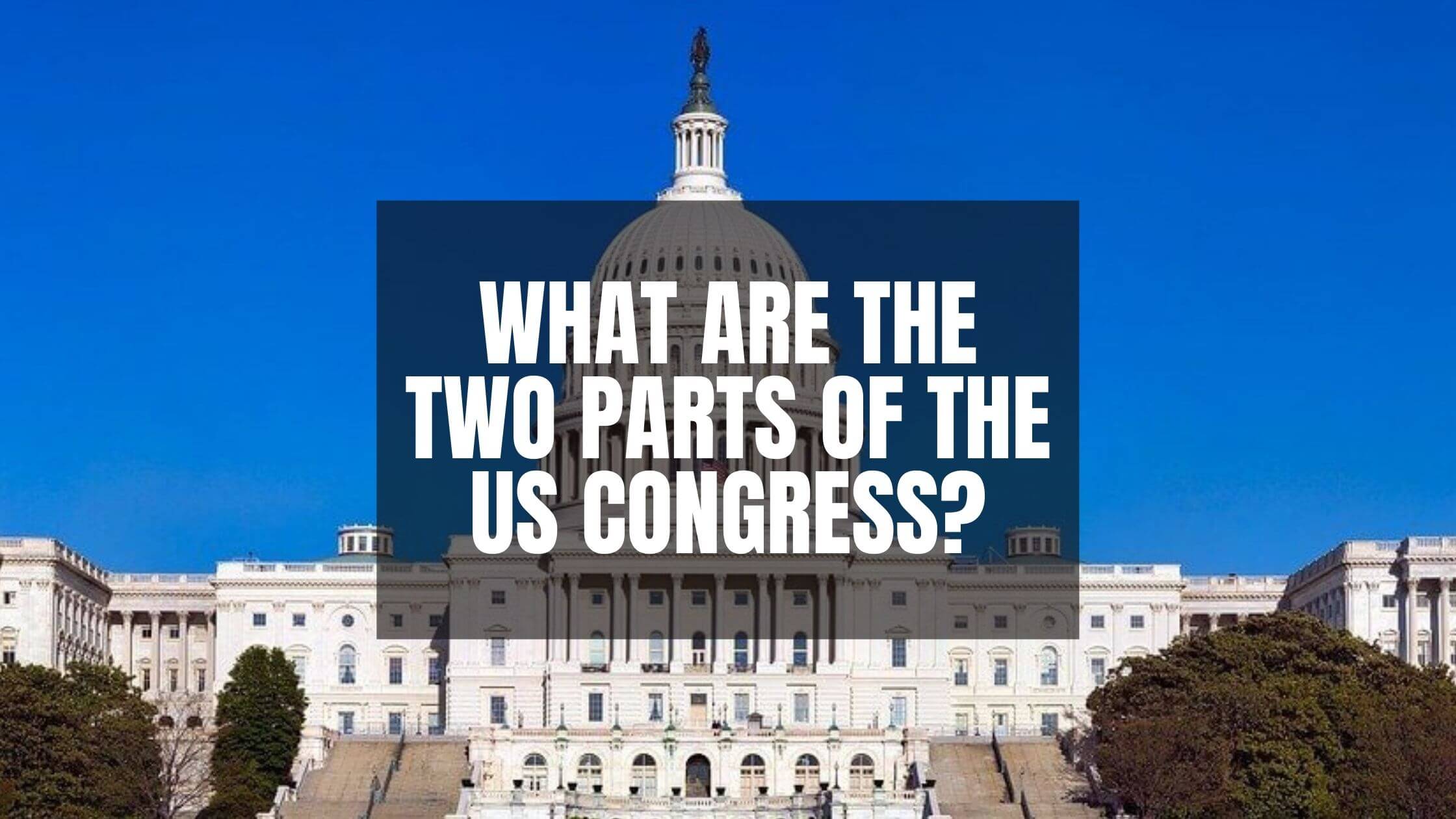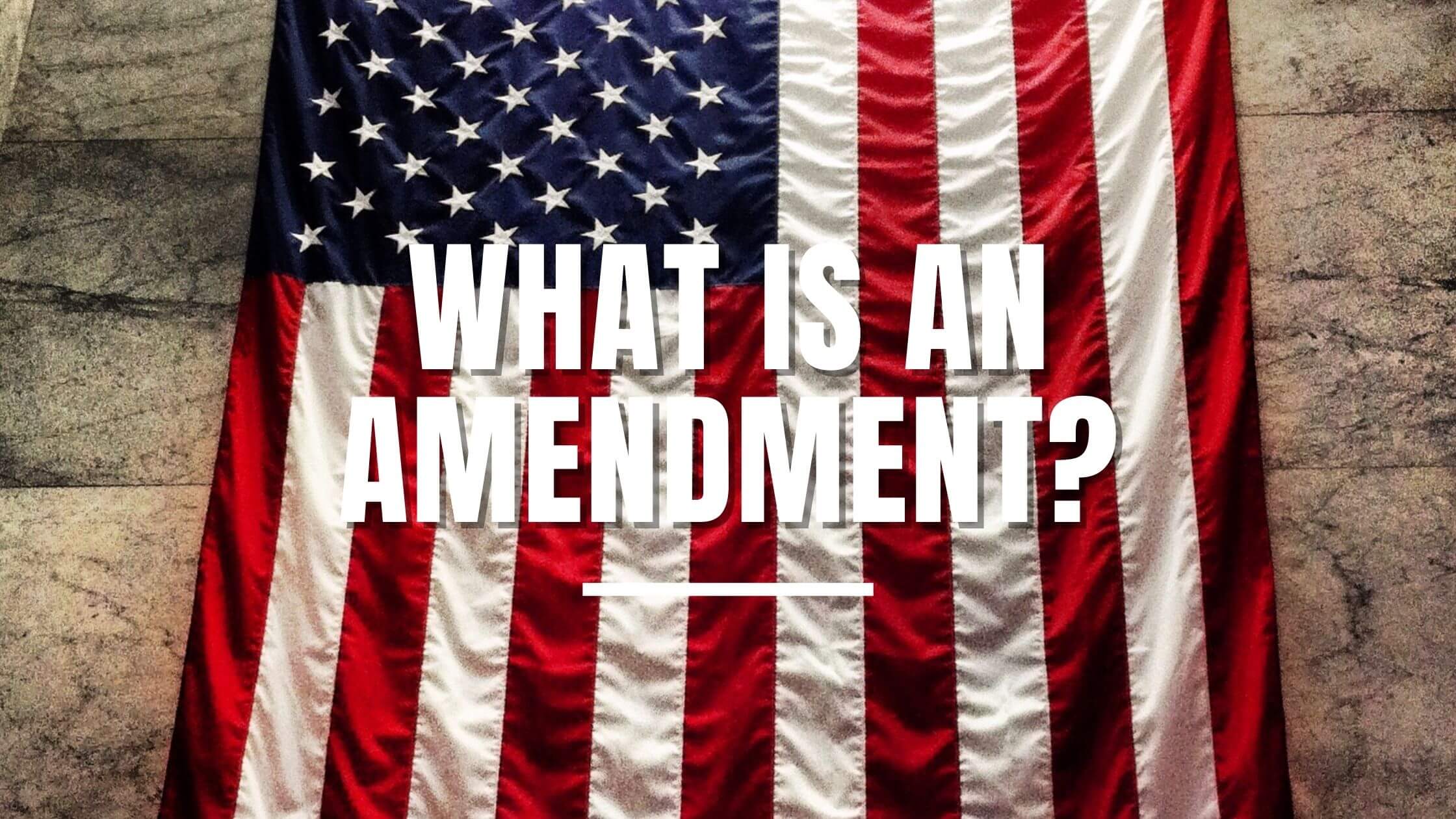To pass the US citizenship test, you will have to answer 10 of a possible 100 questions. The following question is from the USCIS test.
How many U.S. Senators are there?
Answer:
One hundred (100).
The following is a full explanation of the USCIS question:
Table of Contents
ToggleThere Are One Hundred Senators
The composition of the United States Senate is prescribed under the 17th Amendment. This Amendment declares that two Senators shall represent each state within the Union. As there are 50 states in the Union, the United States Senate has 100 members.

Get Smarter on US News, History, and the Constitution
Join the thousands of fellow patriots who rely on our 5-minute newsletter to stay informed on the key events and trends that shaped our nation's past and continue to shape its present.
Today, both the House and Senate members are elected through popular vote. While the decennial census determines the number of congressional representatives each state has, the number of senatorial representatives is limited to two. Likewise, while congressional representatives may only serve a two-year term, under the 17th Amendment, senators are to serve a six-year term.
The 17th Amendment replaced Article 1, Section 3, Clauses 1 and 3 of the United States Constitution, which had originally provided that each representative was appointed to the Senate. Each state legislature was responsible for appointing its senators in its original form. To fill a vacancy, a legislature needed to have a quorum and a simple majority and then elected the senatorial appointee.
The 17th Amendment
The 17th Amendment was proposed in its current form in 1912. After ratification by three-quarters of the states within the Union, it was adopted on April 8, 1913. This Amendment fundamentally altered Section 3 of Article 1 of the Constitution, allowing senators to be elected through popular vote.
Before its ratification, senators were appointed to their position by the state legislature, and they represented the interests of the state government. After the ratification, however, senators were elected through popular vote and therefore represented the interests of the state’s people.
The Connecticut Compromise
The Connecticut Compromise was the agreement that defined the structure of senatorial representation in the U.S. Constitution. Prior to the Compromise, the allocation of representation in each state was based on the total population of free men within the state. Without the Connecticut Compromise, less populated states like New Jersey or Delaware would have less representation than larger states like New York.
As many of the southern states were considered one-party states, there had been discussion of limiting senatorial representation to one senator per state. However, as much of the Union was represented by a two-party system, it was determined that two senators per state would be more appropriate.
Legislative Corruption
Each state legislature’s previously existing appointment of senators resulted in two common problems. The most common of these was legislative corruption. There was a belief that many senators had been appointed by their state legislature through the buying of votes.
The Senate began an investigation into a number of its members to determine whether they had been appointed due to graft and corruption. The most prominent investigation surrounded William Clark of Montana and his appointment by the state legislature.
After a thorough investigation, it was determined that Clark’s appointment to the Senate resulted from bribes, greed, and corruption. Ultimately, the United States Senate voted to nullify his appointment to office.
Electoral Deadlocks
Part of the process of appointing a Senator by the state legislature was that the body had to come to an agreement. However, many states were unable to do so, and by 1850, deadlocks in the appointment of senators resulted in numerous seats being left vacant for years on end. One particular seat had been left vacant for more than two years due to deadlocks.
To combat deadlocks, several states decided to redefine the word quorum. One state changed its definition of a quorum so drastically that they were able to make appointments based purely on a plurality rather than a simple majority.
A Congressional Proposal
The 17th Amendment began its life as Joint Resolution 39 of 1911. This resolution proposed an amendment to the Constitution to rectify the issues with senatorial appointments. The original proposal included a clause that would give the individual states more power than the United States Congress over the election process.
This rider clause was advantageous to southern states, which had a history of discrimination and the disenfranchisement of minority and poor voters. Eventually, the resolution was redrafted without the “race-rider” clause and was subsequently adopted on May 13, 1912. After ratification by 34 of the states within the Union, a year later, the Constitution was officially amended.
State Government Representation
One of the most important effects of the 17th Amendment is that it completely removed the idea of direct state government representation in the United States Congress. In its original form, senators were appointed by each individual state legislature. These appointed senators more or less represented the state government’s interest and not necessarily the people that lived within the state.
Through the ratification of the 17th Amendment, the selection of senatorial representation was shifted to the voters. The people of the state would elect their senators through the popular vote. And as a result, the elected senators represented the people that lived within the state when taking up their Senate seat.
The Senate has been dominated by Republican senators and members of the Democratic Party for several decades. In the 117th Congress, the Democratic Party became the majority party thanks to the tie-breaking vote of Vice President Kamala Harris.
During President Donald Trump’s term in office, the 115th and 116th Congress saw Senate Republicans represent the majority party.
Newly Admitted States
The 17th Amendment came at a pivotal time for the United States. Oklahoma and Oregon had only just recently been admitted to the Union. Both New Mexico and Arizona have admitted into the Union the year that the Amendment went into effect. As a result, New Mexico was the last state to appoint its senators, while Arizona was the first to elect its senators through the popular vote.
State Appointment
Today, while Senators are elected through the popular vote in each state, not every Senator can complete his or her term in office in Washington DC. Both resignation and death can result in a seat vacancy. To fill these vacancies, most states in the Union allow the state governor to appoint a replacement.
How Many U.S. Senators Are There? Quiz
Frequently Asked Questions
How many U.S. Senators are there?
What is the 17th Amendment and how did it change the U.S. Senate?
How long is a U.S. Senator's term?
What was the Connecticut Compromise?
How are vacancies in the U.S. Senate filled?
How useful was this post?
Click on a star to rate it!
Average rating / 5. Vote count:
No votes so far! Be the first to rate this post.
We are sorry that this post was not useful for you!
Let us improve this post!
Tell us how we can improve this post?







